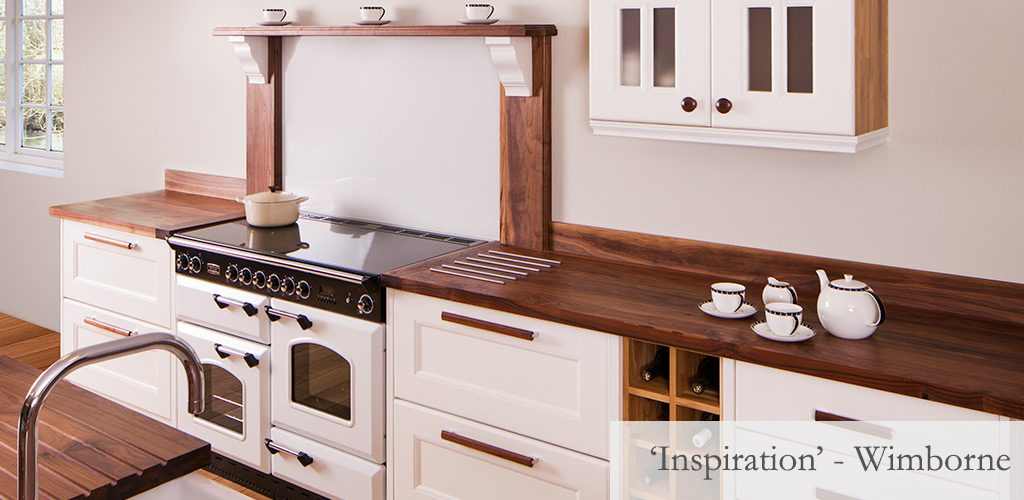All couples have their own approach to home improvement projects. Whether they are redecorating, choosing new kitchen furniture or planning major extensions, some prefer to work together, while other duos opt for a more unilateral strategy.
New research by WD Bathrooms has revealed that women are becoming increasingly involved in these projects. Indeed, the stereotypical notion that men dominate the world of DIY may no longer be relevant. The study found that 60 per cent of women said they are more likely to carry out home improvements than their partners.
More Stats
The poll of 1,244 adults also discovered that 66 per cent of female respondents reported paying for materials like paint, plaster and plywood from their personal bank accounts.
In addition, it noted that DIY projects are a common cause of arguments between couples. Nearly one in four of the individuals questioned said that doing work around the house like this was a guaranteed route to disagreements with their partners. The arguments are usually caused by one party disagreeing with the other over the methods used or by one party failing to clean up after himself or herself.
Better at the Job
Just under half of the women surveyed said they think they are better than their partners at practical tasks around the home.
Meanwhile, another reason for the rise in women-led DIY is likely to be the increase in female home ownership. Single women now account for over a fifth of households in the UK.
The most common answer among women when they were asked why they had undertaken DIY tasks was that “it was the only way to get anything done”. In addition, two in five respondents said they wanted to stop asking their male relatives and friends for help. WD Bathrooms also found that ten per cent took up DIY to increase the value of their properties and had been inspired by home improvement programmes.
No Longer Just a Man’s Domain
Responding to the findings, WD Bathrooms director Lynne Wilson said: “DIY is no longer just a man’s domain, with more women picking up tools and having a go at wallpapering, putting up shelves and tiling. It comes as no surprise that, as women are increasingly spending more on their homes, they want to learn skills that will potentially save them money on tradesmen.”
The most common DIY tasks carried out by women include changing light bulbs, changing fuses, fixing leaky taps, mending toilets, replacing door handles, patching up holes in the wall, painting, hanging wallpaper, sealing windows and hanging pictures.
Getting the Professionals In
Not all home improvement tasks can or should be attempted by the average consumer. Some of these jobs can be difficult or even dangerous. Also, if people lack the relevant experience and skill, they risk damaging their homes as a result of mistakes.
In such cases, it can pay off for the individuals involved to call in the professionals. This can save them time, hassle and, ultimately, it can even save them money.
Author bio: Anna Longdin writes regularly about property improvements. To stay in touch with all the latest industry news and developments, she visits sites such as Joseph & Kingsley.
